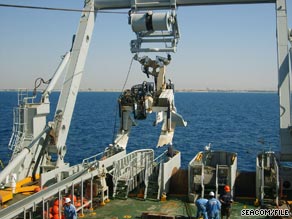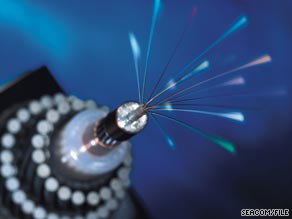By Jonathan Fildes Technology reporter, BBC News, Oxford |

Earlier this month, US President Barack Obama said Africa must take charge of its own destiny.
At the TED Global conference in Oxford this week, one speech resonated with that message.
The speaker was William Kamkwamba from Malawi.
TED Global (Technology, Entertainment and Design) is the European cousin of an already established top US event dedicated to "ideas worth spreading".
Unlike the eclectic mixture of scientists, technologists and designers gathered at the hi-tech conference, Mr Kamkwamba grew up as a farmer in the East African country.
He came to the conference to tell how people how, at the age of just 14, he had built his own wind generator.
"Before I discovered the wonders of science I was just a simple farmer," he said.
But after the family's maize crop failed in 2001, they could no longer afford to pay for him to go to school.
"It was a future I could not accept," he said.
'Never give up'
So, Mr Kamkwamba would visit a library in his spare time, reading science books.
One in particular taught him that windmills could be used to generate electricity and pump water.
"I decided to build one for myself but I didn't have the materials."
 Mr Kamkwamba's device defines the "small wind" approach |
Undeterred, Mr Kamkwamba scoured a local scrap yard, finding the necessary components: a tractor fan, shock absorber, PVC pipes and a bicycle frame.
"Many people, including my mother, thought I was crazy," he admitted.
His first model powered one light. But a later, more powerful version was able to run four bulbs.
"Soon people were turning up at my house to charge their mobile phone," he said.
This was not the first time Mr Kamkwamba, now 19, had spoken at TED; his first encounter with the elite conference was in 2007 at the TED Global conference in Arusha, Tanzania.
"Before that time I had never been away from my home in Malawi. I had never seen an internet," he said.
He said he was so nervous when he had to give his first presentation that he "wanted to vomit".
This year, he said he was feeling better. And he had one message for this year's crowd at TED Global - a message which echoes that of the US president.
"Trust in yourself and believe. Never give up," he told the audience.
Mr Kamkwamba's story has now been turned into a book: The Boy who Harnessed the Wind.
The TED Global conference runs from 21 to 24 July in Oxford, UK.









.jpg)



